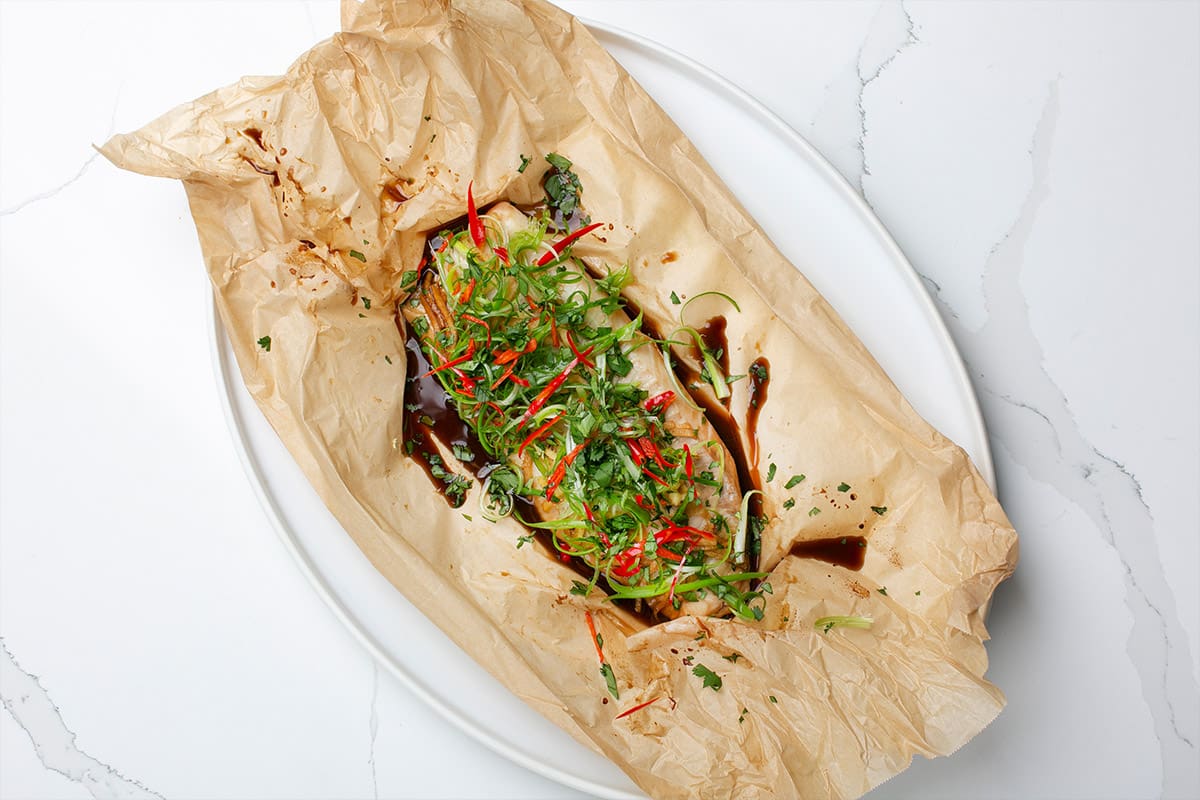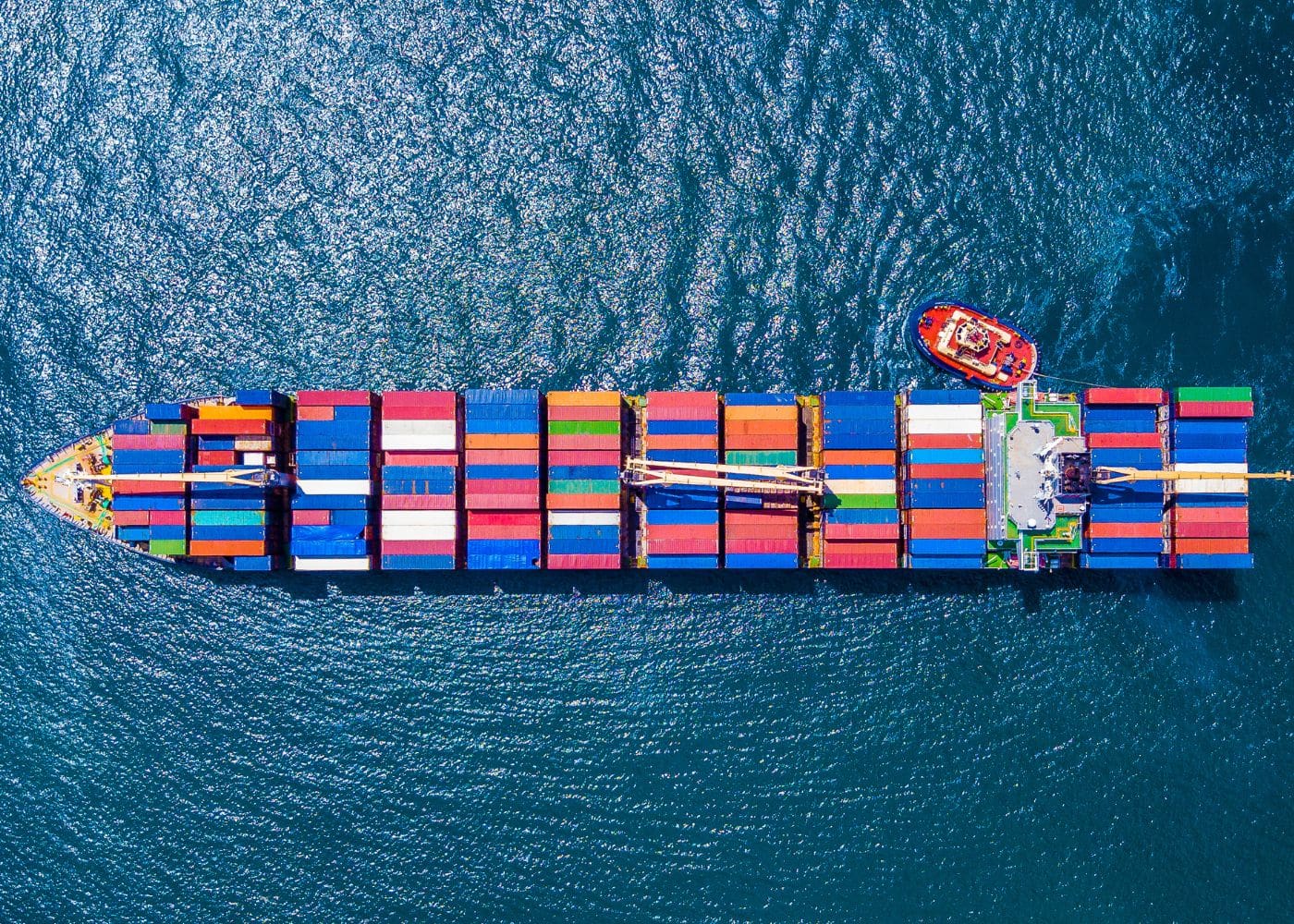Skipper Otto
Explore
Stay updated on seafood news with Skipper Otto.
See all postsFishing Stories
Dive into inspiring fishing stories from our small-scale, independent fishing families at sea!
Recipes
Tempt your palate with our favourite seafood recipes. Explore incredible new flavour combinations and add to your repertoire.
Featured Posts

Asian-Inspired Steamed Walleye
Recipes
•
2 minute read
This Asian-inspired steamed walleye is fragrant, punchy, and oh-so-easy to make! Serve with steamed jasmine rice and your favourite Asian greens for a well-balanced, nutritious meal.

Food System Deja Vu: How Tariff Turmoil Is Exposing Canadian Food Insecurity All Over Again
News
•
3 minute read
The pandemic exposed vulnerabilities in our food systems, and now, tariff tensions again threaten food security and safety.
